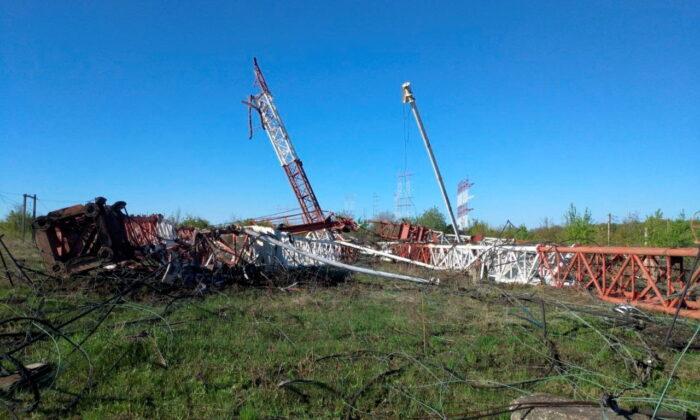Two salmonella outbreaks that have been linked to Italian-style meats are currently under investigation by the Centers for Disease Control and Prevention (CDC) and the U.S. Department of Agriculture’s Food Safety and Inspection Service (USDA).
The outbreak has so far affected 36 people from 17 states, of which at least 12 of them have been hospitalized, according to a news release from the CDC published on Aug. 24.
The infected individuals reported eating salami, prosciutto, and other deli meats that can be found in antipasto or charcuterie assortments before they became unwell.
“Investigators are working to identify specific contaminated products and determine if the two outbreaks are linked to the same food source,” the CDC said.
“Until we identify which Italian-style meats are making people sick, heat all Italian-style meats to an internal temperature of 165°F or until steaming hot before eating if you are at higher risk,” the CDC advised. “Heating food to a high enough temperature helps kill germs like Salmonella.”
The first salmonella outbreak, between May 30 and July 27, infected 23 people from 14 states: Washington, California, Nevada, Utah, Colorado, Arizona, Minnesota, Wisconsin, Michigan, Illinois, Indiana, Ohio, Maryland, and Virginia.
Thirteen people from seven states, including Washington, Oregon, California, Arizona, Texas, Minnesota, and New York, were infected in the second outbreak from May 9 to June 24, the CDC stated.
The CDC said the age range of those affected was between 4 and 91.
People aged 65 and above and the immunocompromised are at higher risk from severe salmonella sickness.
“Children younger than 5 years are also more likely to get very sick from Salmonella,” the CDC stated.
The agency noted that the number of people infected is likely much higher, as it can take weeks for reports of salmonella infection to be alerted, counted, and investigated. Also, those who experience mild illness may not report their infection.
The agency advises seeking medical attention if one has a fever higher than 102 degrees Fahrenheit, diarrhea for more than three days that is not improving, bloody stools, prolonged vomiting that prevents liquids from being kept down, and signs of dehydration, such as making very little urine, a dry mouth and throat, and dizziness when standing up.





